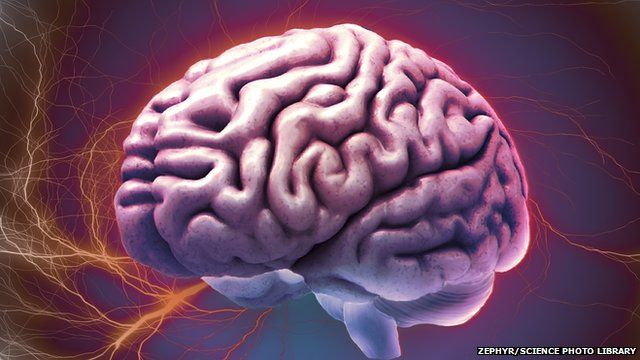- PATIENT FORMS | REQUEST A CONSULTATION | CONTACT US
- 1-844-NSPC-DOC
Minimally Invasive Total Stereotactic Resection of a Giant Intraventricular Meningioma

SAVE THE DATE TNA FACIAL PAIN SUPPORT GROUP MEETING 6/14 WITH SPECIAL GUEST SPEAKER!
May 11, 2016NSPC Physician Jonathan Brisman, M.D. Named in New York Magazine’s 2016 “Best Doctors” List
July 11, 2016New at NSPC: Minimally Invasive Brain Surgery
A woman in her 60s presented with gait instability and a history of memory disturbance. She was neurologically nonfocal, and after ruling out the possibility of a middle ear problem, a diagnostic MRI/MRA of the brain was performed. It revealed the existence of multiple meningiomas, including one very large intraventricular mass filling the lateral ventricle, with downward displacement of the deep and internal cerebral veins.
In addition to obstructive hydrocephalus, which was causing her symptoms, there was evidence of increased vascularity fed mostly by the posterior choroidal artery (PCA) branches and consistent with a diagnosis on meningioma.
To keep intracranial pressure from increasing and treat the hydrocephalus, surgery was recommended. The goal was to prevent further neurologic deterioration and help the patient recover neurologic function.
Incidence, Symptoms, Diagnosis
Intraventricular meningiomas are slow growing, benign tumors that generally develop into large masses prior to detection. Considered rare, they account for 0.5%-5% of all intracranial meningiomas, generally presenting in the fourth-to-sixth decades of life, and occurring twice as often in women than men.
“Intraventricular surgery is high risk and involves meticulous navigation around the critical thalamostriate vein and the fornices.”
Michael Brisman, MD
Chief, Neurosurgery
Since the brain’s ventricles provide space for expansion, patients are usually asymptomatic until the mass grows large enough to cause compression of the adjacent neural structures or hydrocephalus increases intracranial pressure. Symptoms may include headache, imbalance, visual disturbances, memory difficulties, language function impairment, seizures and mood or personality changes.
Outcome
“After the rim of the tumor was coagulated, we debulked the mass, rolling it onto itself and ultimately achieving gross total resection,” Dr. Michael Brisman reported. “The patient returned home after several days of hospitalization and remains symptom-free without neurological deficits.”

